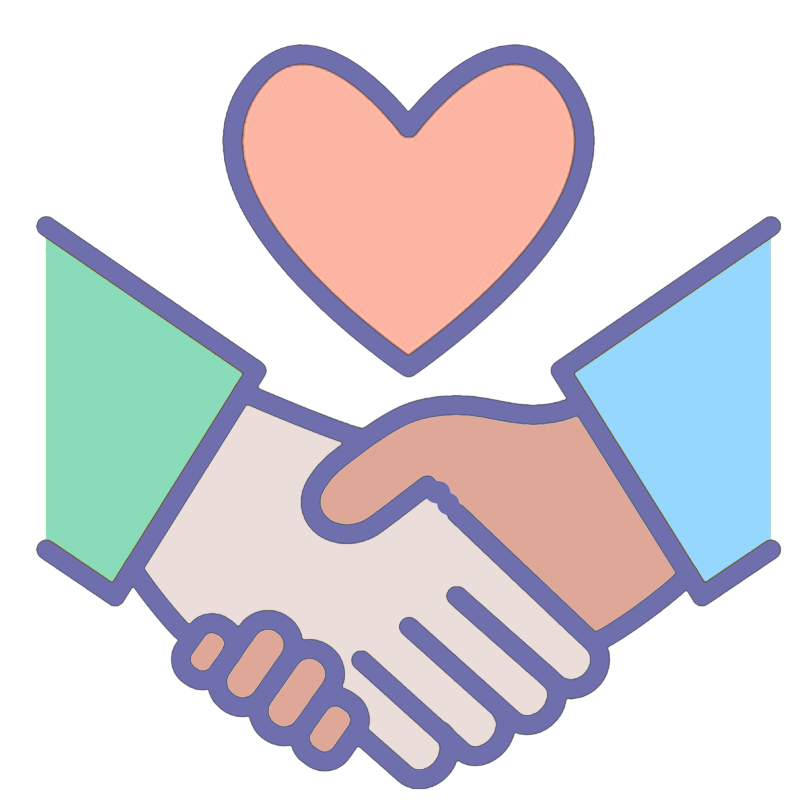
Living with orthostatic tremor
Orthostatic Tremor (OT) is a rare movement disorder characterised by a high-frequency (13–18 Hz) tremor in the legs and trunk that occurs specifically while standing still. Symptoms usually subside upon walking, sitting, or lying down. The disorder is progressive in many cases and can significantly impair mobility and quality of life.
Daily Impact
Orthostatic Tremor affects not only physical function but also emotional wellbeing. Common challenges include:
- Standing even briefly
- Maintaining posture in queues or crowds
- Performing tasks that require upright position
- Fatigue following minimal exertion
- Pain or discomfort, especially in the legs and lower back
Many individuals describe a sense of unsteadiness or “buzzing” in the legs when standing still, often accompanied by fear of falling.
Symptom Variability
Symptoms vary widely between individuals. Some patients find that stress, anxiety, or exertion exacerbates the tremor, while others notice no clear pattern. The condition may initially spare walking, but this often declines over time, particularly in the context of comorbid tremor syndromes or neurodegenerative conditions.
Standing and Gait
Standing still can trigger a sudden onset of tremor, described by patients as a “quivering” or “buzzing” sensation, which can lead to instability or leg buckling. Many people develop anticipatory anxiety in situations requiring prolonged standing, such as waiting in queues or social gatherings.
Walking may remain preserved early in the disease course. However, difficulties with slow walking, turning, or walking short distances can emerge with progression. Falls may occur due to freezing or leg collapse.
Fatigue and Pain
Chronic fatigue is frequently reported and may result from sustained muscle co-contraction during tremor episodes. Pain, most commonly in the legs, lumbar spine, or hips, can occur with prolonged standing and may persist even at rest in some individuals.
Psychological Impact
Stress, anxiety, and depression are common comorbidities. The tremor itself can provoke emotional distress, which may further exacerbate symptoms, creating a vicious cycle. Social isolation and loss of independence are not uncommon, especially when mobility aids become necessary. There can be a heavy reliance on spouses, partners, or carers, especially when tackling everyday tasks such as cooking, cleaning, or even making and carrying a cup of tea.
Treatment Options
There is no cure for Orthostatic Tremor, but pharmacological and supportive therapies can help manage symptoms.
Common Medications:
- Clonazepam remains the most widely prescribed drug, often showing partial benefit.
- Gabapentin, pregabalin, and levetiracetam have shown variable results.
- Deep Brain Stimulation (DBS) targeting the ventral intermediate nucleus (VIM) of the thalamus has been trialled in refractory cases, with mixed outcomes.
Mobility Aids
Assistive devices can enhance independence:
- Wheelchairs and mobility scooters are commonly used for longer distances or in crowded areas.
- Walking sticks may provide psychological reassurance but do not typically suppress tremor.
- Some benefit from light touch cues, such as leaning against objects or walls, which may provide sensory feedback and improve stability.
References
Bhatia KP, Bain P, Bajaj N, Elble RJ, Hallett M, Louis ED, Raethjen J, Stamelou M, Testa CM, Deuschl G; Tremor Task Force of the International Parkinson and Movement Disorder Society. Consensus Statement on the classification of tremors. from the task force on tremor of the International Parkinson and Movement Disorder Society. Mov Disord. 2018 Jan;33(1):75-87. doi: 10.1002/mds.27121. Epub 2017 Nov 30. PMID: 29193359; PMCID: PMC6530552.
Hassan A, Ahlskog JE, Matsumoto JY, Milber JM, Bower JH, Wilkinson JR. Orthostatic tremor: Clinical, electrophysiologic, and treatment findings in 184 patients. Neurology. 2016 Feb 2;86(5):458-64. doi: 10.1212/WNL.0000000000002328. Epub 2016 Jan 8. PMID: 26747880.
Ganos C, Maugest L, Apartis E, Gasca-Salas C, Cáceres-Redondo MT, Erro R, Navalpotro-Gómez I, Batla A, Antelmi E, Degos B, Roze E, Welter ML, Mestre T, Palomar FJ, Isayama R, Chen R, Cordivari C, Mir P, Lang AE, Fox SH, Bhatia KP, Vidailhet M. The long-term outcome of orthostatic tremor. J Neurol Neurosurg Psychiatry. 2016 Feb;87(2):167-72. doi: 10.1136/jnnp-2014-309942. Epub 2015 Mar 13. PMID: 25770124.
Testa, Claudia M., Dietrich Haubenberger, and Peter G. Bain, 'Orthostatic Tremor', in Claudia Testa M., and Dietrich Haubenberger (eds), Tremors (New York, 2022; online edn, Oxford Academic, 1 Aug. 2022), https://doi.org/10.1093/med/9780197529652.003.0008, accessed 7 Aug. 2025.












